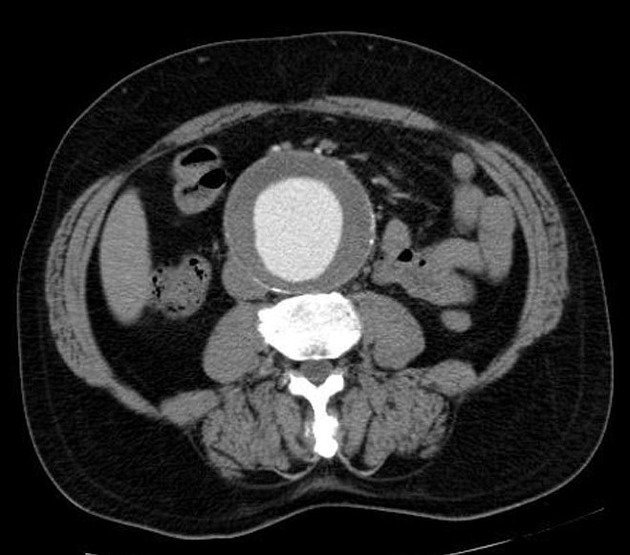Aortic Aneurysm
content of this page
1- Introduction
2- Physiological Overview
3- Symptoms
4- Treatment
Introduction

Physiological Overview
An aortic aneurysm represents a structural weakness in the aortic wall, the main artery originating from the heart. This condition can manifest either in the thoracic (chest) or abdominal regions of the aorta. Aneurysms typically develop gradually, often without noticeable symptoms, making early detection challenging. As the weakened area bulges, it can progressively enlarge, potentially posing a risk of rupture. This rupture is a critical concern due to the aorta’s role in distributing oxygen-rich blood throughout the body. Management of aortic aneurysms involves regular monitoring through imaging techniques like ultrasound or CT scans. Treatment options vary depending on the size, location, and overall health of the individual, ranging from watchful waiting with lifestyle modifications to surgical interventions aimed at repairing or reinforcing the weakened artery wall. Early diagnosis and appropriate management are crucial in preventing complications and ensuring optimal outcomes for individuals with aortic aneurysms.

Symptoms
Pain: Sudden, severe, and persistent pain in the chest, abdomen, or back can indicate aortic dissection or rupture.
Pulsating sensation: Feeling a pulsating sensation near the navel or in the chest, particularly if accompanied by pain.
Deep, constant pain: Pain in the chest, abdomen, or back that is deep and persistent.
Shortness of breath: Difficulty breathing, especially if the aneurysm is pressing on the lungs or trachea.
Hoarseness: Difficulty speaking or a change in voice due to pressure on the vocal cords.
Coughing or wheezing: Persistent coughing or wheezing, often due to pressure on the airways.
Difficulty swallowing: Pressure on the esophagus can lead to difficulty swallowing.
Clammy skin: Cold, clammy skin, particularly if accompanied by other symptoms of shock.
Treatment
Monitoring and surveillance: For small aneurysms that are not causing symptoms, regular monitoring through imaging tests such as ultrasound, CT scans, or MRI is often recommended. This helps to track the size and growth rate of the aneurysm.
Medication: Doctors may prescribe medications to lower blood pressure or cholesterol levels, which can help reduce the risk of aneurysm growth or rupture.
Surgical repair: If the aneurysm reaches a certain size or shows signs of rapid growth, surgical intervention may be necessary. There are two main types of surgical procedures:
Open surgery: Involves replacing the weakened portion of the aorta with a synthetic tube (graft) through a large incision in the chest or abdomen.
Endovascular repair: A less invasive procedure where a stent graft is inserted through small incisions in the groin and guided to the site of the aneurysm using X-ray imaging. The stent graft reinforces the weakened area of the aorta from the inside.
Lifestyle changes: Adopting a healthy lifestyle can help manage risk factors associated with aortic aneurysms. This includes quitting smoking, maintaining a healthy weight, exercising regularly, and managing conditions like high blood pressure and high cholesterol.